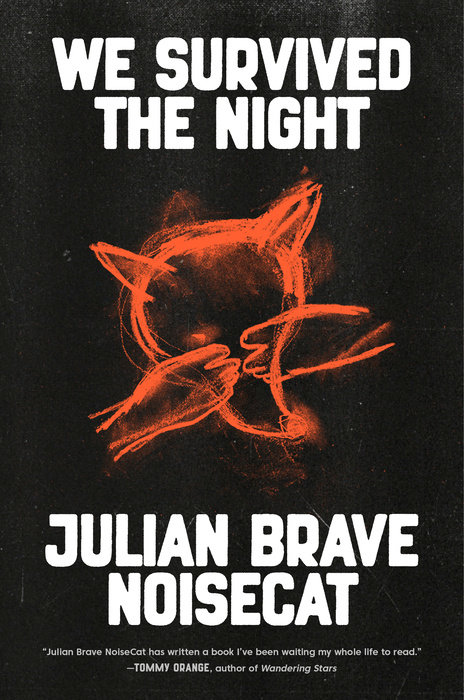Sometimes I wonder why Indian men like Little Crow and my dad are quick to fight. Why they are so readily called to the justice of the fist. Why, even when they are intimately familiar with the potentially crushing consequences of violence, they go at it anyway. Maybe it’s because they’re fighting for a people, place, and way of life that will disappear if we don’t fight. Maybe they’re romantics at heart, fighting for what’s right even when what’s right can’t win. Or maybe they think we will love them more than we did while they were here among the living, when they are remembered as martyrs. I’m not sure. All I know is that we—their families, their kids—we’ve lived in the aftermath of their righteous tragedies all our lives.
The Dakota Uprising unfolded much as Little Crow predicted. With the Civil War raging in the East, the Dakota initially drove settlers from their little houses on the prairie. But the Union army and the militia retaliated with a vengeance. The Dakota soon surrendered. Dakota civilians were marched 150 miles to an internment camp at Fort Snelling. Little Crow and some of his followers fled north to Dakota Territory and Canada. Colonel Henry Sibley formed a military commission to try 392 captured Dakota combatants. Sibley’s commission heard as many as 42 cases per day with some hearings lasting less than five minutes. In a little over a month, they sentenced 303 prisoners of war to death.
When President Lincoln caught wind of this kangaroo court on the Minnesota prairie, he ordered two White House lawyers to review transcripts of the trials and commuted 265 sentences. The remaining 38 Dakota were hung in Mankato, Minnesota, just six days before Lincoln signed the Emancipation Proclamation. The “Dakota 38,” as they are known, represent the largest mass execution in United States history. This country has yet to come to terms with the fact that its Great Emancipator freed the slaves and hung the Indians in the same week.
The hanged Dakota were buried in a sandbar along the Minnesota River. That same night, their graves were reopened and their cadavers distributed to local doctors for medical training and research. William Worrall Mayo received the body of Maȟpiya Akan Nažiŋ (Stands on Clouds). Mayo’s private practice grew to become the Mayo Clinic.
